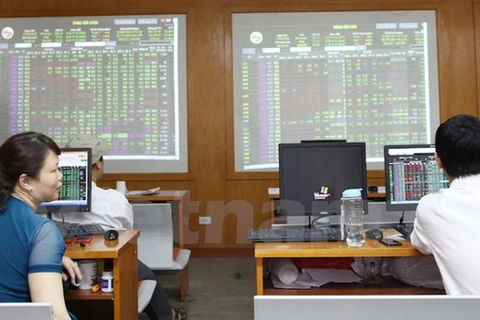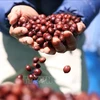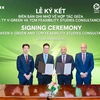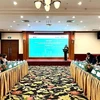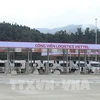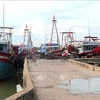Dang Quyet Tien, Deputy Director of the Ministry of Finance's Corporate Finance Department, speaks to Thoi bao Kinh te Viet Nam (Vietnam Economic Times) about the delay in the sale of SoE stakes.
How many State-owned enterprises have been equitised in 2015 so far?
According to plan, 289 State-owned enterprises are set to be equitised in 2015. But as of September, only 94 of them had been equitised. So in the remaining three months, 185 enterprises will need to be equitised.
In your opinion, what are the reasons behind the slow pace of the process?
I would say that the Government has been pro-active in helping State-owned enterprises (SOEs) to turn into joint stock companies. But the number of SOEs that were successfully transformed in the first nine months comprise just one-third of the plan. In my opinion, there are two main leading causes.
Firstly, the supply is bigger than the demand. In the market, commodities are diverse and plentiful. They have captured attention from investors, particularly foreign investors. However, the number of foreign investors interested in entering joint ventures with Vietnamese enterprises is limited due to their anxiety about Vietnamese SOEs' transparency and accountability practices.
After becoming aware of this issue, the government issued a number of legal documents relating to the required practice of transparency and accountability of SOEs during the process. More recently, on October 6, the Government issued Decree 87, which focuses on the supervision of State budget investment in enterprises and the disclosure of that information to the public.
Secondly, the human resources factor also makes equitisation difficult. Leaders from many SOEs don't want to give up their power. In addition, for quite a few of them, their weaknesses have been exposed to the public during the equitisation process, particularly those who have invested outside their main core business.
Many SOEs have been successfully equitised, but in reality, only a small percentage of shares were sold to private owners. How do you respond to that?
The Government issued Decision 41 allowing the SOEs to sell their shares in big lots. That decision was a good solution because it allowed strategic investors to buy a large quantity of shares.
More recently, some major State corporations have launched their first Initial Public Offerings (IPO) in the Security Market, but only a small number of shares were sold. Under the Prime Minister's order, they continue to sell their shares on the securities market. Posting their shares in the security market is a good way for the SOEs to practice information disclosure to the public in line with transparency and accountability.
Does the Ministry of Finance have any measures to speed up the equitisation process?
With lessons learned over the past few years, it is high time for the Government's policies to be put into practice immediately following their enactment. For example, the State Security Commission is now in the process of addressing information transparency for enterprises. Then the list of SOEs that will be equitised will be made public.
From 2014 to 2015, the number of SOEs that were slated to be equitised has increased to 532 enterprises from 432 in the initial plan. This demonstrates the Government's determination to speed up the process of equitising SOEs.
In addition, the Government will speed up the process of settling bad debt through the Vietnam Asset Management Company (VAMC) and the Vietnam Debt and Trading Corporation (VDTC). I'm confident these two agencies will help to speed up the process of equitisation.-VNA

Deputy PM urges prompt issuance of SOE restructuring policies
Deputy Prime Minister Vu Van Ninh has asked ministries to promptly issue policies on the reform and restructuring of State-owned enterprises (SOE) as scheduled while rolling out more drastic measures to complete the SOE equitisation plan for 2014-15.

